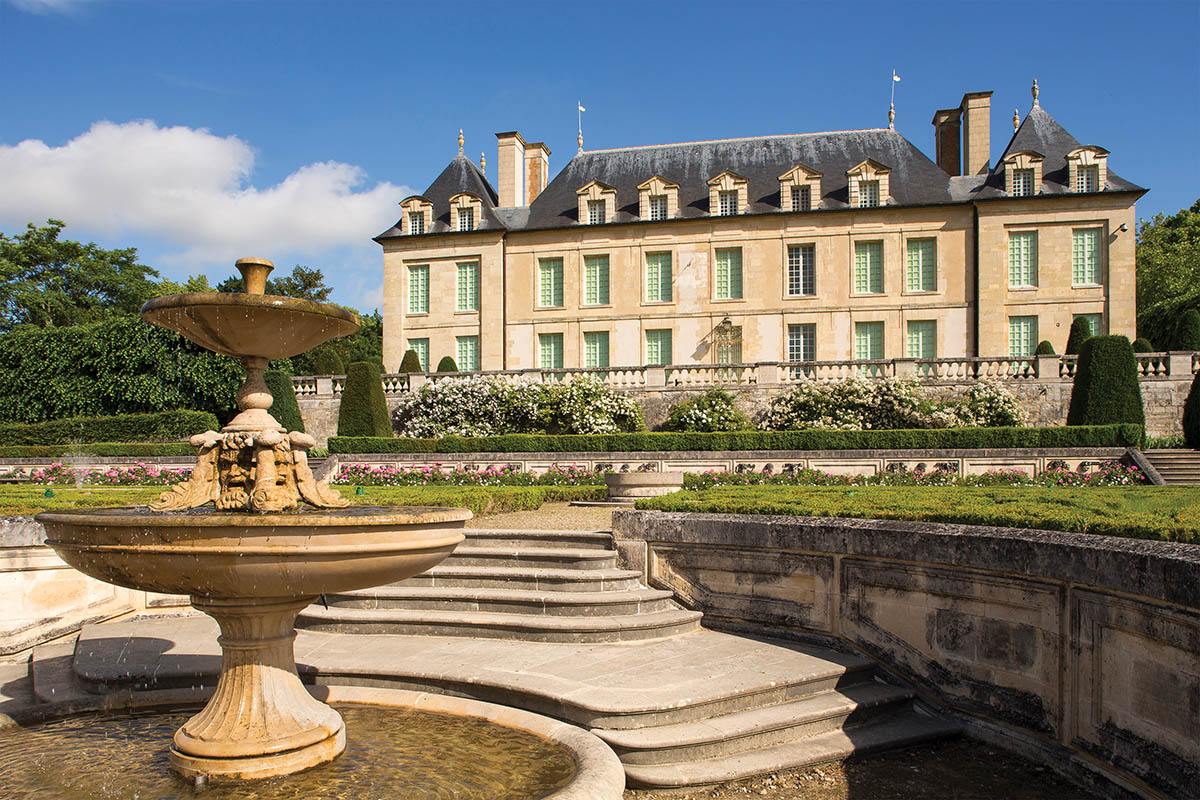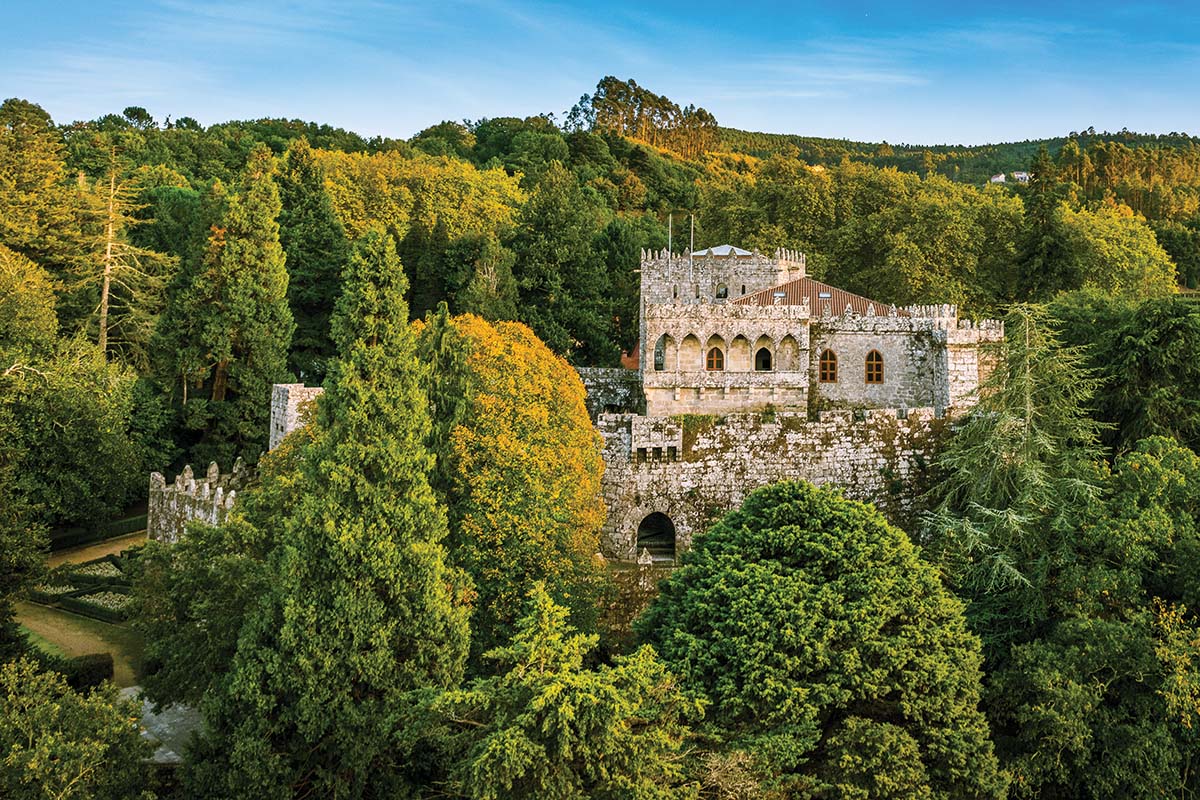A weekend in Barcelona: From medieval to modern in the Catalan capital
Text: Arne Adriaenssens | Main Photo © Pixabay

As one of Europe’s most popular travel destinations, sunny Barcelona is mainly known for its spoon-fed entertainment and tourist traps. Yet, behind the obnoxious hop-on-hop-off-buses and the street vendors at Las Ramblas, an authentic and unique Catalan town stretches out. Nested in between Mount Tibidabo and the soothing Mediterranean Sea lies a universe of charming bodegas, exquisite architecture and world-class cuisine.

Placa Sant Felip Neri. Photo © Wikipedia
Although Barcelona’s rich history takes us back 24 centuries, it was mainly during the last 150 years that the metropole received its unique character. To cope with its exponentially growing population, the city created Eixample, a humongous neighbourhood of identical, octagonal buildings. In mere decades, the puzzle of cubes stretched out from the old centre and deep into the valley. Attracted by its modern lifestyle, wealthy industrialists wanted to settle in Eixample as well. With Catalan modernism being all the rage back then, visionary architects like Antoni Gaudí were asked to design their extravagant palaces. On the elegant Passeig de Gràcia avenue, bombastic buildings like Casa Batlló and La Pedrera are tangible memories of their peacocking.

Bunkers del Carmen. Photo © Wikipedia
Saturday: the old town and the best panorama
The best way to soak up Barcelona is on foot. As a metropole in pocket size, you can easily get from one hotspot to the next without having to hit the subway. Kick off your journey at Plaça de Catalunya, the city’s biggest square and the gate to Las Ramblas, Passeig de Gràcia and the magnificent old town. In contrast to the geometric pattern of Eixample, Ciutat Vella (Catalan for ‘old city’) is a labyrinth of alleys packed full of secrets. Leave your map in your backpack and let your intuition guide you from the cosy shops to the picturesque squares and fragrant coffee bars. Try to pass Plaça de Sant Felip Neri, as well. The walls of this well-hidden square in the heart of Barcelona are tainted by bullet holes, a dark souvenir from the Spanish Civil War.

Photo © Hospital Sant Pau
Once the clock strikes 2pm, most Spanish stomachs start to rumble. If yours does too, try to resist the attraction of big international chains and faux-Catalan ‘classics’ like paella and sangria. Instead, try a fideuà, a traditional dish of vermicelli and seafood. For lunch, most restaurants also offer lunch menus for anything from 11 to 20 euros. For that, they serve you a nice three-course meal, bread and a drink.
Having digested your potential meal (with or without a traditional siesta), it is time to go upwards. The tops of both Montjuïc and Mount Tibidabo are great spots for gazing out across the city. Yet, the absolute prime spot for watching the sun set is Bunkers del Carmel. The remains of this military bunker from the Civil War attract plenty of people to admire the city with a drink and a tapa. To get there, you will have to hike a bit. The best option is to take Metro L5 to Sant Pau / Dos de Maig and walk to the nearby Carrer del Telègraf, where a series of escalators and elevators will take you halfway up.

Photo © Pexels
Sunday: Modernism galore
Once you’ve explored Barcelona’s oldest streets, get acquainted with the city’s modern icons. And where better to start than at the world-famous Sagrada Família? The extravagant church by Gaudí will only be finished by 2026, but that doesn’t stop it from being one of Europe’s most visited and photographed buildings. The main tower, which has yet to be added, will count 172.5 metres, making the Sagrada Família the tallest church in the world. To enter, you must conquer its long queues, which will cost you hours of precious time. If you really want to see a modernist masterpiece from the inside, you might want to pay Hospital de Sant Pau a visit instead (15 euros, or free admission on the first Sunday of the month).

Barceloneta with W Barcelona. Photo © Pexels
Covering an area of nine times that of the Sagrada Família, this century-old poor men’s hospital is the biggest modernist complex in the world. Although it lies just a kilometre away from Gaudí’s legendary church, most tourist guides fail to mention this magnificent building. With Hospital de Sant Pau, architect Lluís Domènech i Montaner created a healing environment like no other. Vivid colours, plenty of greenery and an impressive net of tunnels show how far ahead of his time he was. The multilingual video guide (three euros) explains the story of the complex and its architect in a very appealing way. The tour takes about an hour and a half, but you will surely want to pass some time in the hospital’s marvellous garden as well.
Not done visiting Barcelona?
Then read and download our free weekend guide A weekend in Barcelona. Download it for free as a PDF by pressing the arrow on the top left of the e-book below.
Getting there Catching a flight to Barcelona is easy. From London, British Airways, Vueling, EasyJet and Ryanair offer over a dozen direct flights to Barcelona-El Prat Airport a day. From most other British airports, you’ll be able to hop on a plane to the Catalan capital just as easily. Once there, the cheapest way to travel to the centre is by train (€2.30 for a one-way ticket), which takes you to Passeig de Gràcia. From here, you walk to Plaça de Catalunya in just five minutes. Another option is to go by Aerobus (€5.90), which brings you straight from the arrival hall to the city centre. Getting around The city itself is equipped with a fantastic public transport network. 11 metro lines, four trams, numerous busses and a cable car bring you anywhere in a heartbeat. With a T-10 pass (€10.20), you can make ten trips throughout the city with whatever means of public transport you prefer. More active tourists might want to ride a Bicing city bike or explore the city on foot, instead. A great night’s rest Pretty much all major hotel chains are represented in Barcelona. Finding a decent bed to sleep in is, therefore, no problem at all. If you crave a room with ocean view, Hotel Arts and W Barcelona (both from €350 per night) are the places to go. Not only do these lush paradises offer exquisite service and plenty of facilities, but they are major landmarks of the city’s skyline as well. Nonetheless, you can travel to Barcelona on a shoestring just as easily. In every corner of the city, you will find numerous hostels, guest houses and tiny hotels where you can stay at a more affordable price.
Subscribe to Our Newsletter
Receive our monthly newsletter by email





